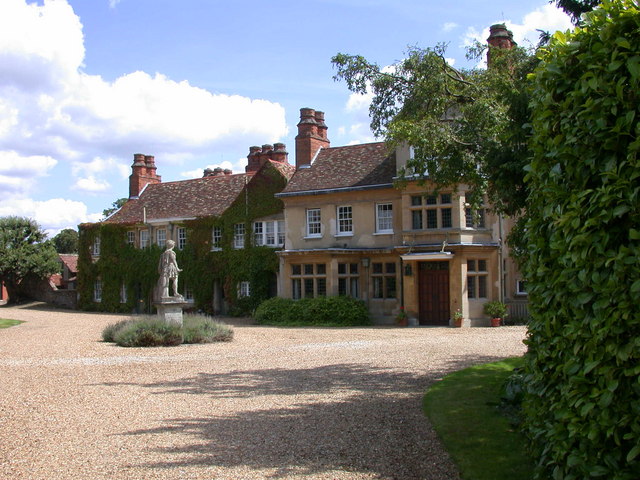Fleam Dyke
Heritage Site in Cambridgeshire South Cambridgeshire
England
Fleam Dyke

Fleam Dyke is a historic heritage site located in Cambridgeshire, England. It is a linear earthwork that stretches for approximately 7 miles, running from the village of Balsham to Reach. This ancient dyke is believed to have been constructed during the Iron Age, around 300 BC, and it has remained remarkably well-preserved over the centuries.
The dyke consists of a large ditch, which is around 20 feet wide and 10 feet deep, accompanied by an impressive bank measuring up to 12 feet in height. The purpose of Fleam Dyke remains uncertain, with various theories suggesting that it served as a boundary marker or a defensive structure against potential invaders.
The site is not only historically significant but also boasts impressive natural beauty. It cuts through the rolling landscape of the Cambridgeshire countryside, offering breathtaking views and a peaceful environment for visitors. The surrounding area is adorned with wildflowers, woodlands, and open meadows, providing a diverse habitat for a range of plant and animal species.
Fleam Dyke has become a popular destination for walkers, nature enthusiasts, and history buffs alike. Numerous footpaths and trails traverse the dyke, allowing visitors to explore its length and immerse themselves in the rich history and stunning scenery. The site is easily accessible, with parking facilities available at various points along its course.
As a heritage site, Fleam Dyke is not only valuable for its historical significance but also for its contribution to the local ecosystem and the overall cultural identity of Cambridgeshire. It stands as a testament to the region's ancient past and serves as a remarkable example of the enduring legacy of human ingenuity and engineering.
If you have any feedback on the listing, please let us know in the comments section below.
Fleam Dyke Images
Images are sourced within 2km of 52.167/0.26 or Grid Reference TL5454. Thanks to Geograph Open Source API. All images are credited.





Fleam Dyke is located at Grid Ref: TL5454 (Lat: 52.167, Lng: 0.26)
Administrative County: Cambridgeshire
District: South Cambridgeshire
Police Authority: Cambridgeshire
What 3 Words
///ringside.detail.pouch. Near Fulbourn, Cambridgeshire
Nearby Locations
Related Wikis
Fleam Dyke
Fleam Dyke is a linear earthwork between Fulbourn and Balsham in Cambridgeshire, initiated at some timepoint between AD 330 and AD 510. It is three miles...
Balsham Road railway station
Balsham Road railway station served Balsham and Fulbourn in Cambridgeshire. It closed in 1851, along with its line (the Newmarket and Chesterford Railway...
Fulbourn Fen
Fulbourn Fen is a 27.3-hectare (67-acre) biological Site of Special Scientific Interest east of Fulbourn, Cambridgeshire. It is privately owned and managed...
Zouches Manor
Zouches Manor (also Zouches Castle) was an Anglo-Saxon moated manor in Fulbourn Fen, a Site of Special Scientific Interest in the village of Fulbourn,...
Fulbourn
Fulbourn is a village in Cambridgeshire, England, with evidence of settlement dating back to Neolithic times. The village was probably established under...
Fulbourn Manor
Fulbourn Manor is a Grade II listed building in the county of Cambridgeshire and the sole surviving manor of the Five Manors of Fulbourn. == History... ==
Landmark International School
Landmark International School is a mixed non-selective international school for children aged 6 to 16 located in Fulbourn village, on the outskirts of...
Fulbourn railway station
Fulbourn railway station (for some time misspelled "Fulbourne" by British Rail) is a disused railway station on the Ipswich to Ely Line, and located between...
Nearby Amenities
Located within 500m of 52.167,0.26Have you been to Fleam Dyke?
Leave your review of Fleam Dyke below (or comments, questions and feedback).


















